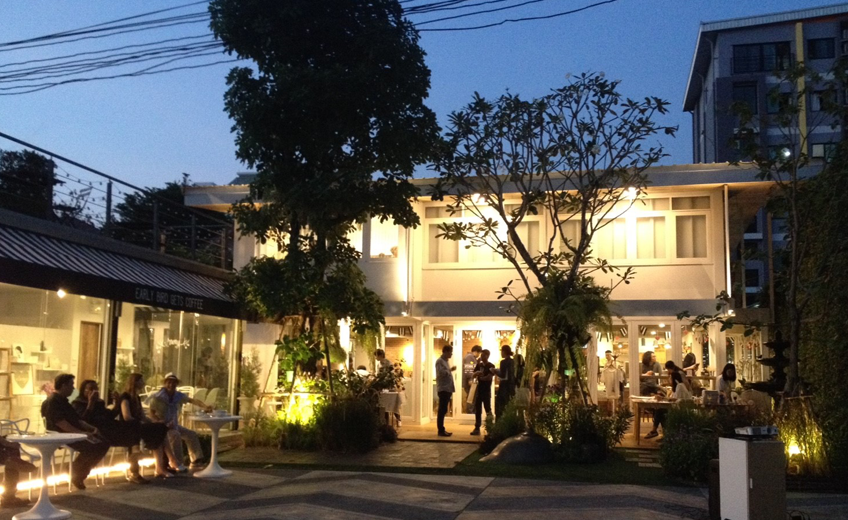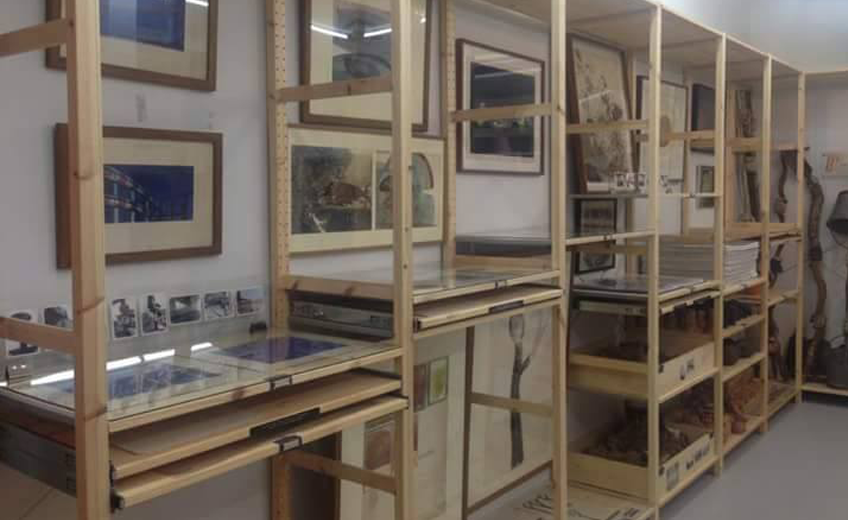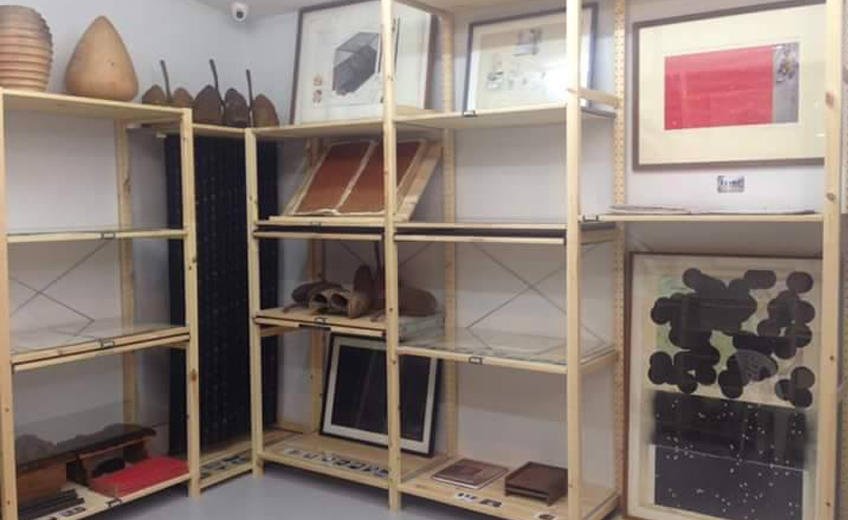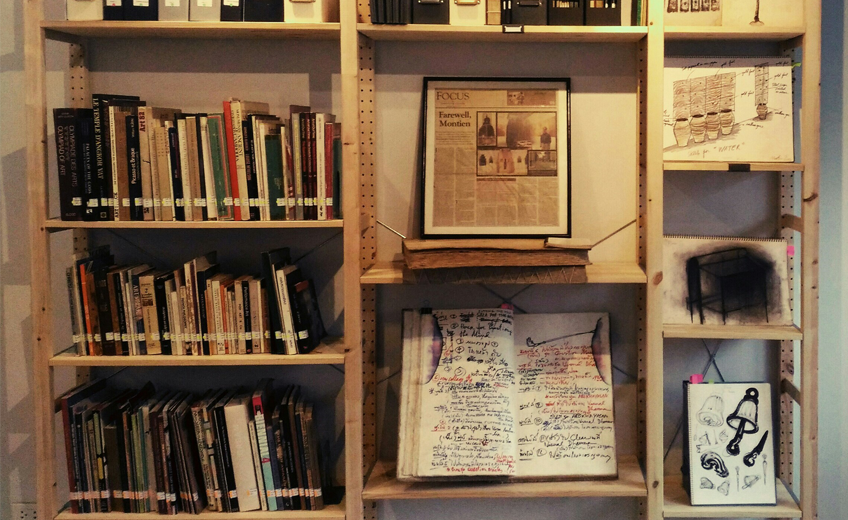In many cases, understanding contemporary artworks is akin to understanding the artists themselves. By learning about their lives, how they were raised, their educational backgrounds, the books they have read, religions, political opinions, and even places they have visited, eventually we might be able to discover the key to their concepts in making art. If the artist still lives, it should be pretty easy to get to know him or her, but how about those who have already passed away? Does it mean contemporary artworks suddenly turn into outdated artifacts right after the death of their creators? Personally, I see connections between many works of art and the world we live in even when the artists lived and died decades before I was ever born. For me, many works of art can survive through time. Similar to any history, art is subject to personal interpretation. If we can learn about the artists’ lives and know more about their intentions during the creation process of their art, it is always possible to compare and relate this information with our experience. In this sense, not only is the art very vital and valuable, but so are the archives and records left from the artist’s studio.
.png)
“Montien Atelier” is the new research space dedicated to Montien Boonma, one of the most internationally well known Thai artists, whose artwork is admired by many as very important milestones of Thai contemporary art. Unfortunately, Montien died at the age of 47 in 2000 due to cancer, 6 years after his wife had passed away, and left behind one son who now has become the person who is in charge of Montien Boonma’s estate. Montien’s artwork involves various media and materials ranging from acrylic and oil paintings, ready-made objects, casted and metal welded sculptures, to installations consisting of aromatic herbs, clay, and wax. His inspiration and subject matter touches on diverse topics as well, such as the rupture of nature and the influx of industrialization, tension between the rural and the urban, the quest for life through meditation practices and the teachings of Buddhism.
A lot of Montien’s artwork is bought, kept, and installed in major art museums around the world and in foreign independent collection. Although he is so famous and the concept and techniques of his work are definitely considered broadly influential among younger generations of artists and art students nowadays, presumably, most emerging artists who are less than 40 years old have never had a chance to see the actual work of Montien; they know Montien through books and catalogues. As time goes by, people increasingly view his artwork as a legacy from the past rather than something that still applies now as powerfully as it ever has.
I visited “Montien Atelier” during the opening reception on February 25 , which is also Montien Boonma’s birthday. The research center is run by Montien Boonma’s estate. It is located on the second floor of the artist’s former studio on Soi Ngamwonwan 23, Nonthaburi Province. On the first floor, the estate also opens a small cozy café and restaurant called “Early Bird Gets Coffee”. Inside the research center, there are sketches, diaries, notes, reference books Montien used. All are displayed with brief explanations. Some objects which are parts of the installation art are also included on the wooden shelves. A video interview with the artist is played on loop. Fragile objects are protected in transparent plastic cases and kept in cabinets, but people can easily pull the cases out to take a look. Everything gets categorized into a very clear and accessible system, so people can make connections on their own.



It is not only the biography, ideas, and creative process of the artist that get communicated to the visitors, but also the “life” and “memory” of the artist inside the space. It is very different from seeing his work in a museum or through images because here is the same space where he actually used to live, think, and work. At “Montien Atelier”, Montien does not get presented only as the creator of the artwork. Here, he is also presented as a technician, a thinker, a teacher, a meditator, and, most importantly, a husband and a father. We no longer appreciate his artwork only as the end product of an artistic journey, but rather as an on-going developing process of ideas that we can learn from and use as a platform to see his art in a whole new light.
Text by Vichaya Mukdamanee
For more information, please visit https://www.facebook.com/MontienAtelier/





















































































































































































































































































































































































































































































































































































































































































































































































































